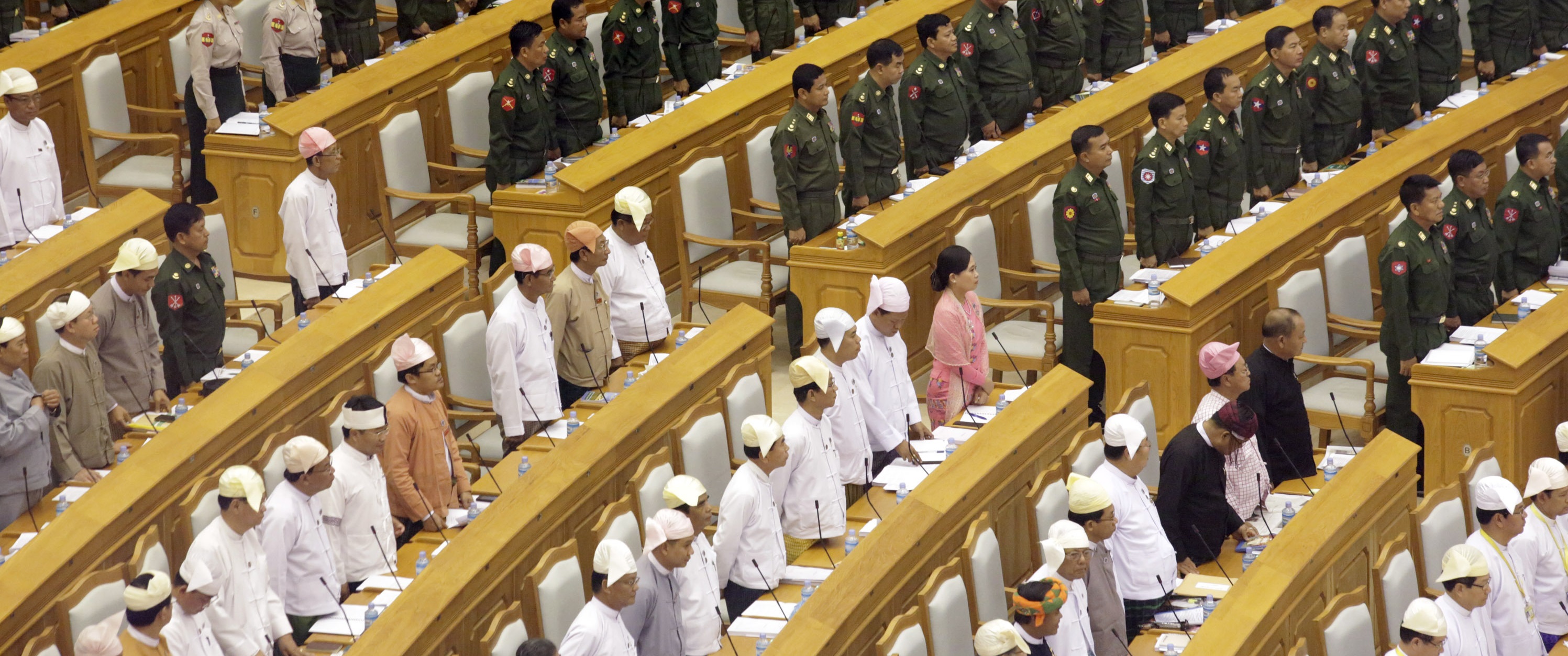The University of Toronto hosts an annual lecture series as part of their annual Southeast Asia Seminar Series – Lecture in the Arts, Histories, Literatures and Religions of Burma. This year’s talk focused on the Dhammasattha and its role in influencing Burmese law and customs. Among many of the texts and scriptures in ancient laws and jurisprudence, the Dhammasattha stands out as a key document. Sponsored by the Centre for South Asian Studies and the Centre for Southeast Asian Studies and co-sponsored by the Asian Institute- Munk School of Global Affairs, the talk was held in the Jackman Humanities Building on 3 March 2017.
The talk this year was led by renowned scholar in Burmese laws, Christian Lammerts. Lammerts is an assistant professor at Rutgers University, specializing in Buddhist and Southeast Asian Studies. He has spent much of his academic career researching the sources of religious jurisprudence, particularly in Burma and other regions of Southeast Asia. His talk featured his latest research project: A History of Dhammasattha Texts and Jurisprudence (1250-1850 CE).
Lammerts began the talk by discussing the origin of the Dhammasattha in Southeast Asia. The term Dhammasattha directly translates to “treatise in laws.” It covered everything from contract, labour laws and marriage/family matters. Lammerts also pointed out the spreading popularity of Dhammasattha texts outside Burma, including Eastern Bangladesh, Thailand, and Laos.
For the duration of the talk, Lammerts explained the main argument presented in his project. He noted that his research focuses on the dynamics of Burmese, Arakanese and Pali scripts as multiple sources of Burmese laws. In the book, he addresses colonial issues and divides the text in 3 sections: sources, revisions, and reasons. The first segment, “sources,” explores archives from 13th to 17th century and discusses Buddhist texts. In the “revisions” section, Lammerts look at receptions of the Dhammasattha and its economic and cultural implications. The last section, “reasons,” further looks at the Dhammasattha’s role in influencing Buddhist economic prosperity, by focusing on sponsorship, specifically royal sponsorship.
Throughout the talk, Lammerts explains many of the barriers and conflicts that stood in the way of the Dhammasattha. In 15th century, law in the Burmese society was perceived as natural. Many laws in Dhammasattha contradict the regulations of the Vinaya. There was an attempt to use the Dhammasattha as the main source of laws. In the late 17th to mid 19th century, this created possibilities for legal history. With emergence of the Dhammasattha, it became possible to situate the texts in a new manner.
Lammerts ended the talk with few thought-provoking questions. He asked, “Why did this genre (the genre of Dhammasattha) survive during colonial rule, despite its criticisms, and shortcomings?”. Lammerts suggested that a good place to find the answer to this would be to find the purpose of these texts and the reasons why they were created.
Tashnim Jerin is a student at the University of Toronto Scarborough, pursuing a major in public policy and minors in political science and history.








